We may earn money or products from the companies mentioned in this post. This means if you click on the link and purchase the item, I will receive a small commission at no extra cost to you ... you're just helping re-supply our family's travel fund.
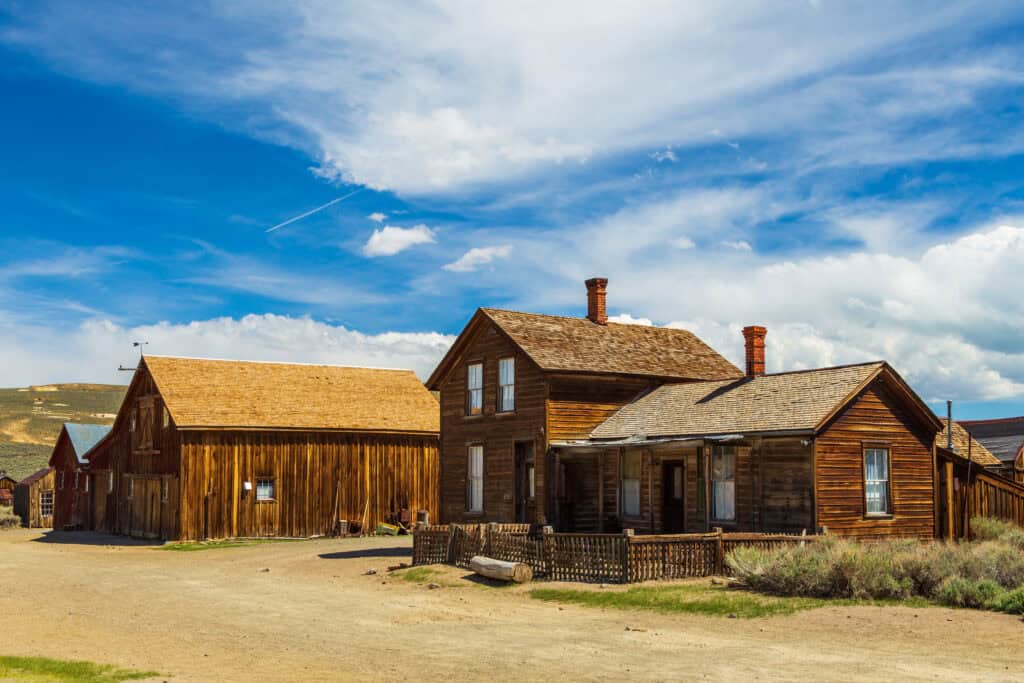
America’s best known landmarks pull steady crowds, yet quieter chapters sit along back roads, river bends, and islands reached by small boats. These places hold trade routes older than state lines, towns built on experiments, and fortifications that guarded seas most visitors never see. They ask for slower attention and reward it with textures that linger: carved limestone, stamped adobe, iron rails meeting in sagebrush. Together they sketch a fuller story, where ordinary work shaped extraordinary change and memory lives in the details.
Cahokia Mounds, Illinois
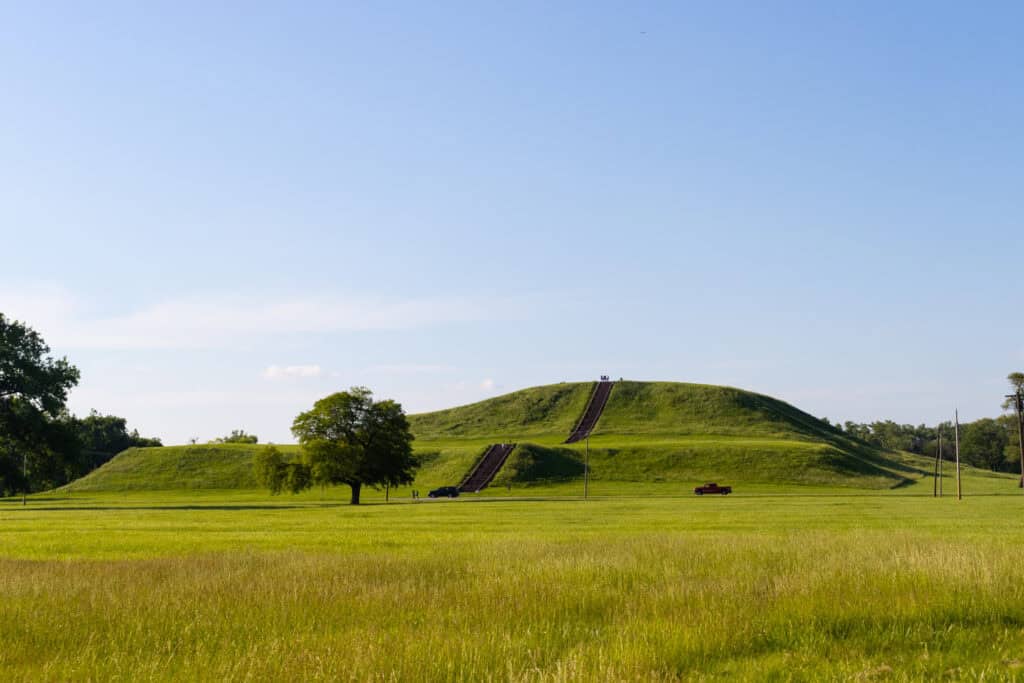
Across the Mississippi from St. Louis, earth rises in precise steps where a sprawling pre-Columbian city once held plazas, homes, and ceremonial life. Monks Mound still commands the skyline, a reminder that urban North America thrived here long before European maps took shape. Trails cross quiet fields that once buzzed with trade reaching the Great Lakes and Gulf. The scale corrects a myth, replacing empty wilderness with planners, farmers, artisans, and rulers who built in earth and aligned with the sun.
Chaco Culture, New Mexico

In a remote canyon, great houses of sandstone anchor a network that radiated through the Four Corners. Roads run laser straight across mesas, kivas sink into the ground, and windows align with solstice light. The architecture reads like a calendar and a ledger, tying ritual to resource management. Standing among doorways stacked in perfect sequence, visitors feel a civilization tuned to time, astronomy, and shared labor, then humbled by droughts and shifts that reshaped the region’s balance.
Fort Jefferson, Florida
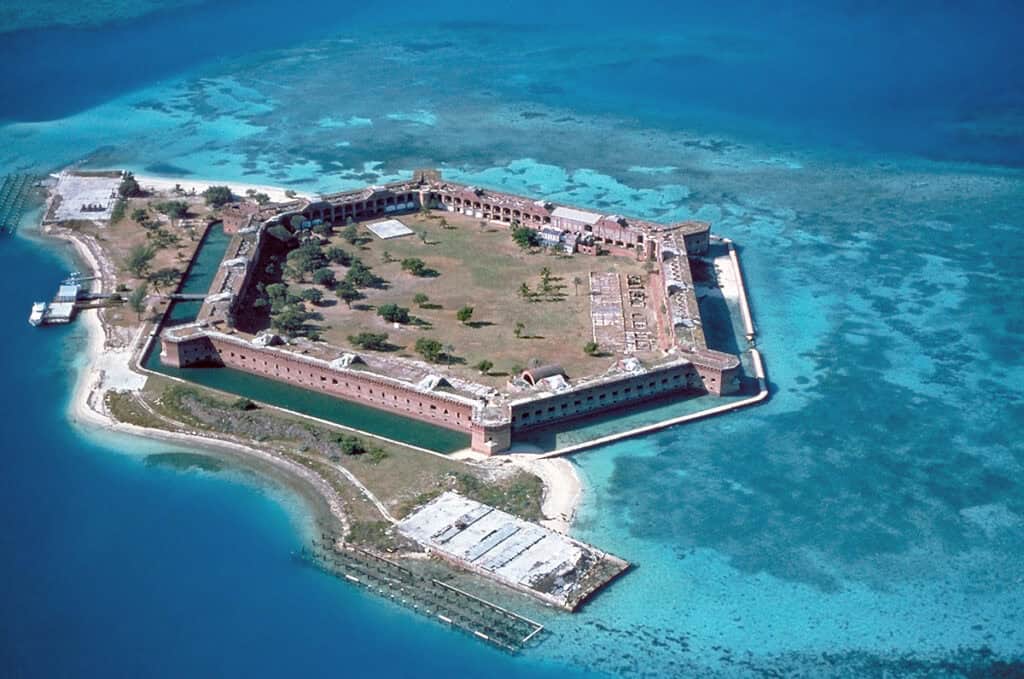
Seventy miles west of Key West, a massive brick hexagon floats in turquoise water. Fort Jefferson guarded Gulf routes, later holding prisoners from the Lincoln conspiracy, including Dr. Samuel Mudd. The moat frames coral reef, and arches echo with seabird calls rather than cannon. Logistics once ruled this outpost; today, ferries and seaplanes deliver day trippers to a place where engineering, quarantine, and isolation meet. The size alone startles, a fortress built for storms, then softened by light.
Angel Island Immigration Station, California

On San Francisco Bay, wooden barracks carry carved poetry and crowded memories from arrivals held for weeks or months. The station processed hopeful families and skilled workers, yet also enforced exclusion laws that reshaped demographics for decades. Guides trace names etched into walls, turning policy into human scale stories. The island’s beauty clashes with its history, forcing a patient reading of both. Ferries return to a skyline that now depends on labor once stalled at this gate.
Golden Spike, Utah
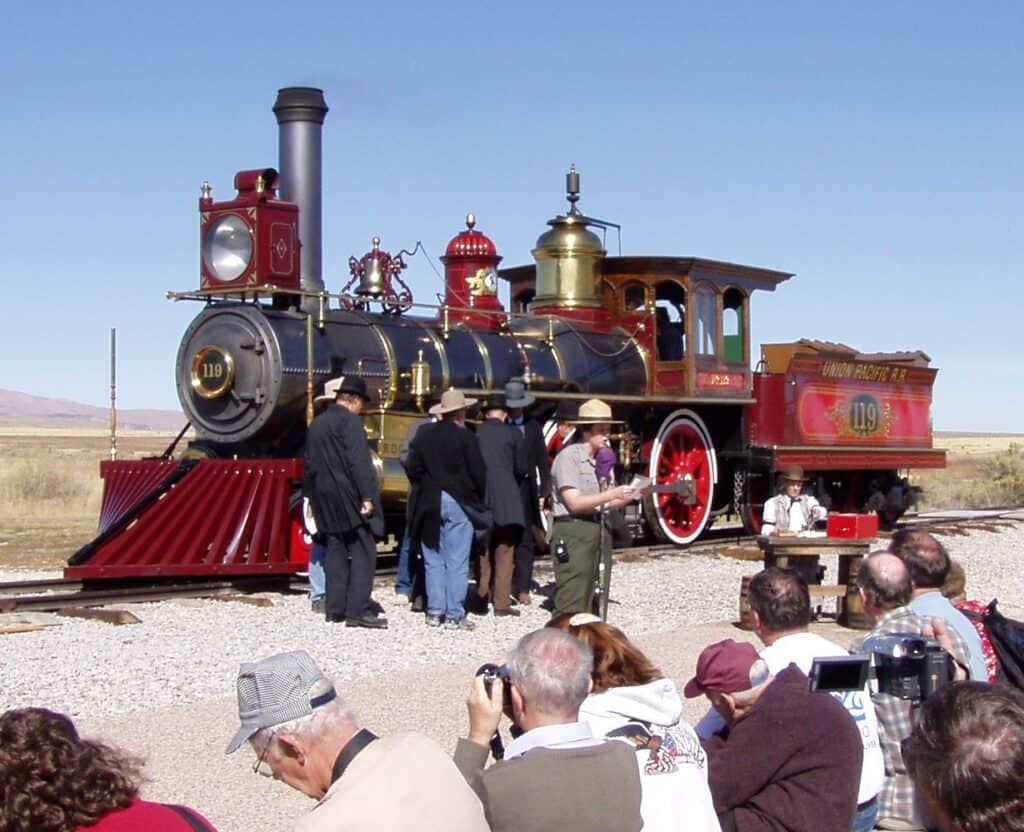
On a sagebrush plain at Promontory, two locomotives face each other where rails once met and stitched coasts together. The joining thrilled investors and cut travel times, while exploiting immigrant crews and changing Native homelands forever. Replica engines breathe steam on summer days, and the wind carries a metallic tang over sunburned ballast. The ceremony is reenacted with clear eyes, honoring sweat and steel without airbrushing costs. A single tap on a polished spike echoes far beyond the cut.
Hovenweep, Colorado,Utah

Stone towers perch on canyon rims and boulder shoulders, circular, square, and clever as puzzles. Families once farmed, stored grain, and watched the sky from these compact villages, moving water and seed through dry country. The masonry tightens around corners like a clenched fist, defying time and frost. Paths drop into washes, then rise to doorways framed by blue sky. It is an architecture of necessity and grace, proof that small communities can engineer with precision and restraint.
Fort Bowie, Arizona

Behind a low ridge near Apache Pass, adobe walls and a lonely cemetery mark a frontier where mail lines, minerals, and military decisions collided with Chiricahua Apache homelands. The approach trail itself functions as exhibit, passing battle sites, a spring, and stagecoach ruts. Ruins and ocotillo outline a landscape that shaped Geronimo’s story and Army logistics in equal measure. The quiet stings. Policy, courage, and costly misreadings sit together under high desert light that spares no detail.
Lowell Mills, Massachusetts
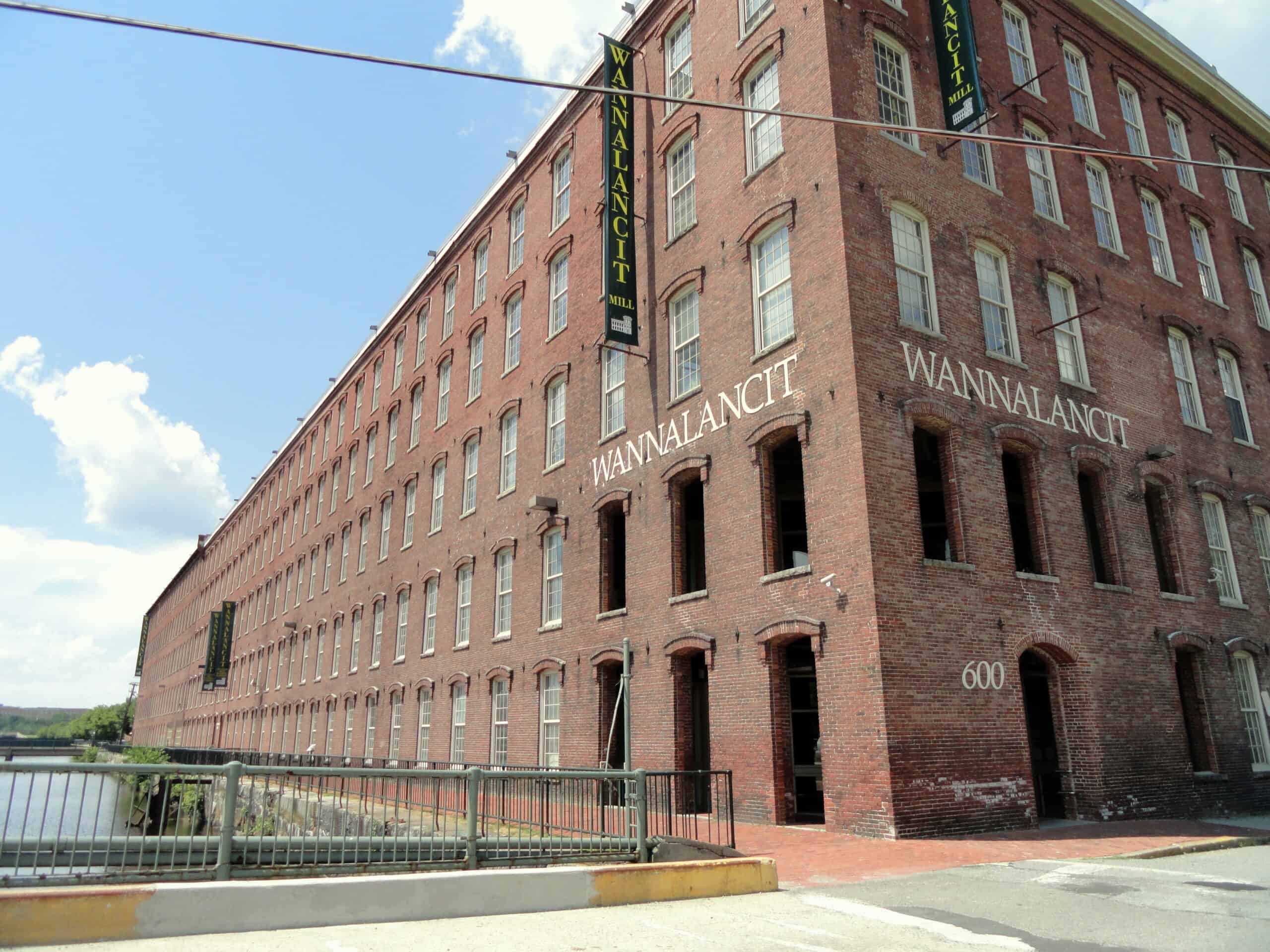
Brick mills along the Merrimack tell a story of early American industry built on water power and regimented time. The boardinghouses and looms trace a workforce of farm daughters, immigrants, and organizers who shaped wages, strikes, and cultural life. Trolley tours, demonstration looms, and canal walks recreate a city that made cloth and modern schedules. It is both progress and noise, a place where ambition learned to measure itself in shifts and whistles, then rippled across a growing nation.
Bodie, California

High in the Sierra rain shadow, false fronts and mine works lean into the wind. Bodie grew fast on gold, then emptied almost as quickly, leaving tables set, bottles dusty, and a church still staring down Main Street. Park stewards keep it in arrested decay, neither restored nor allowed to collapse. The effect is cinematic and intimate at once. Footsteps crunch on cinders while history sits on shelves, waiting for a hand that will not come. Silence does the rest.
Nicodemus, Kansas
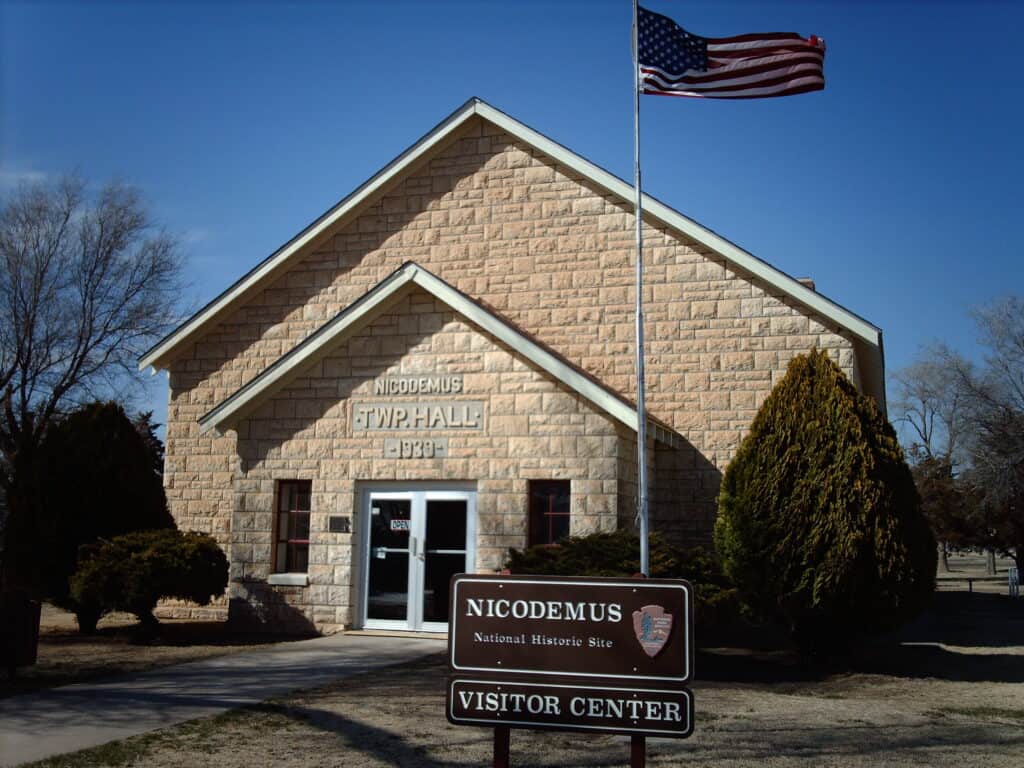
On the plains, a town founded by formerly enslaved families took root in sod houses and stubborn hope. Churches, a school, and a hotel mark a self-made community that faced drought, isolation, and indifference, yet endured. Annual homecomings fold memory into barbecue smoke and hymnals. The preserved buildings do not shout; they stand. Nicodemus reframes pioneer myth, centering Black agency and the everyday work of building institutions in a landscape that demanded grit and cooperation.
El Morro, New Mexico

A sandstone bluff holds a year-round pool and centuries of inscriptions layered like a ledger. Ancestral Puebloan carvings, Spanish governors, soldiers, and American surveyors all left names, dates, and tidy flourishes. A trail climbs to mesa top ruins where corn once grew against the wind. The rock reads like a roadside guestbook with consequences, a public record of thirst, authority, and passage. Each chiseled line turns travel into text, fixing small moments inside a larger route.